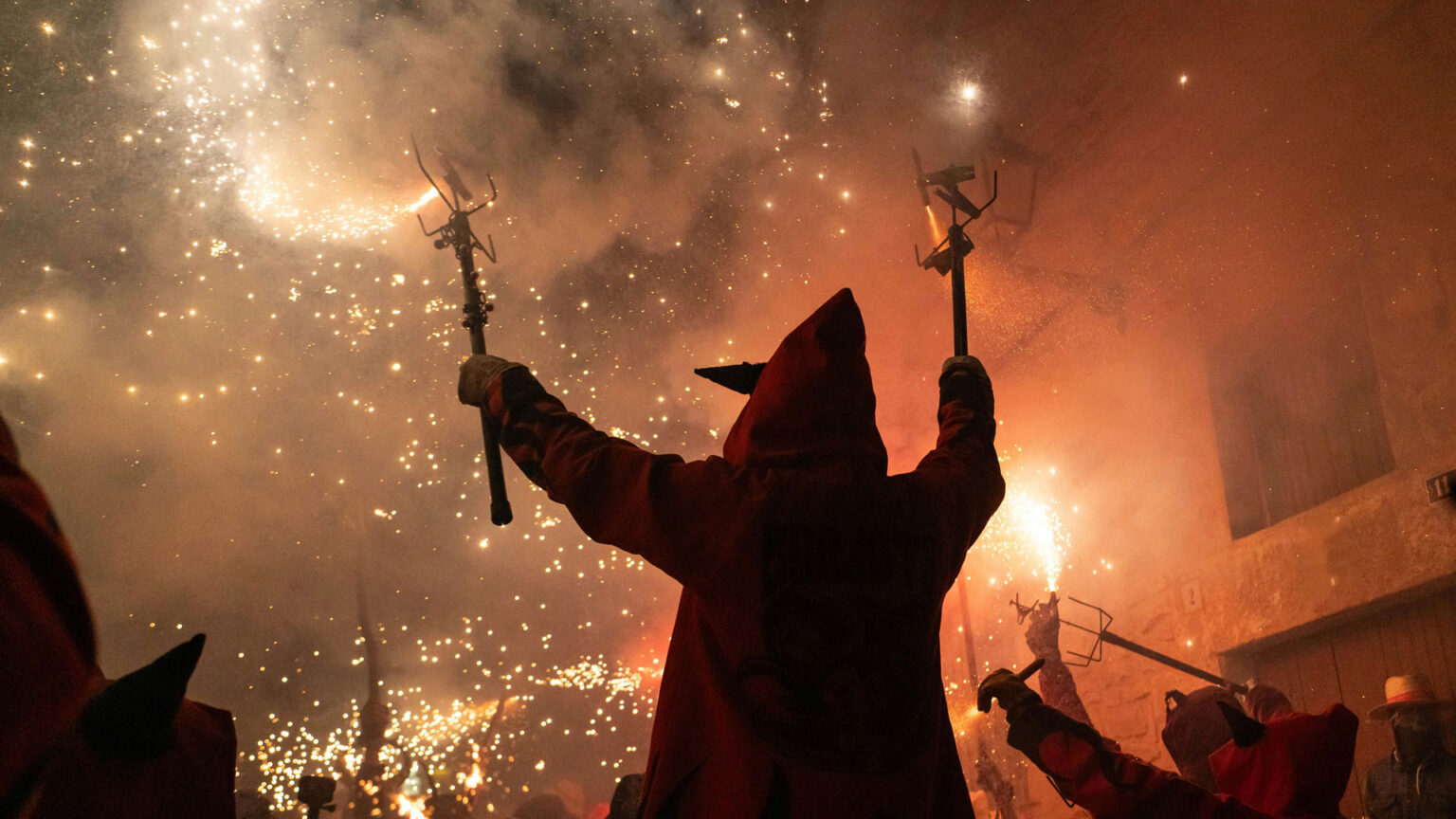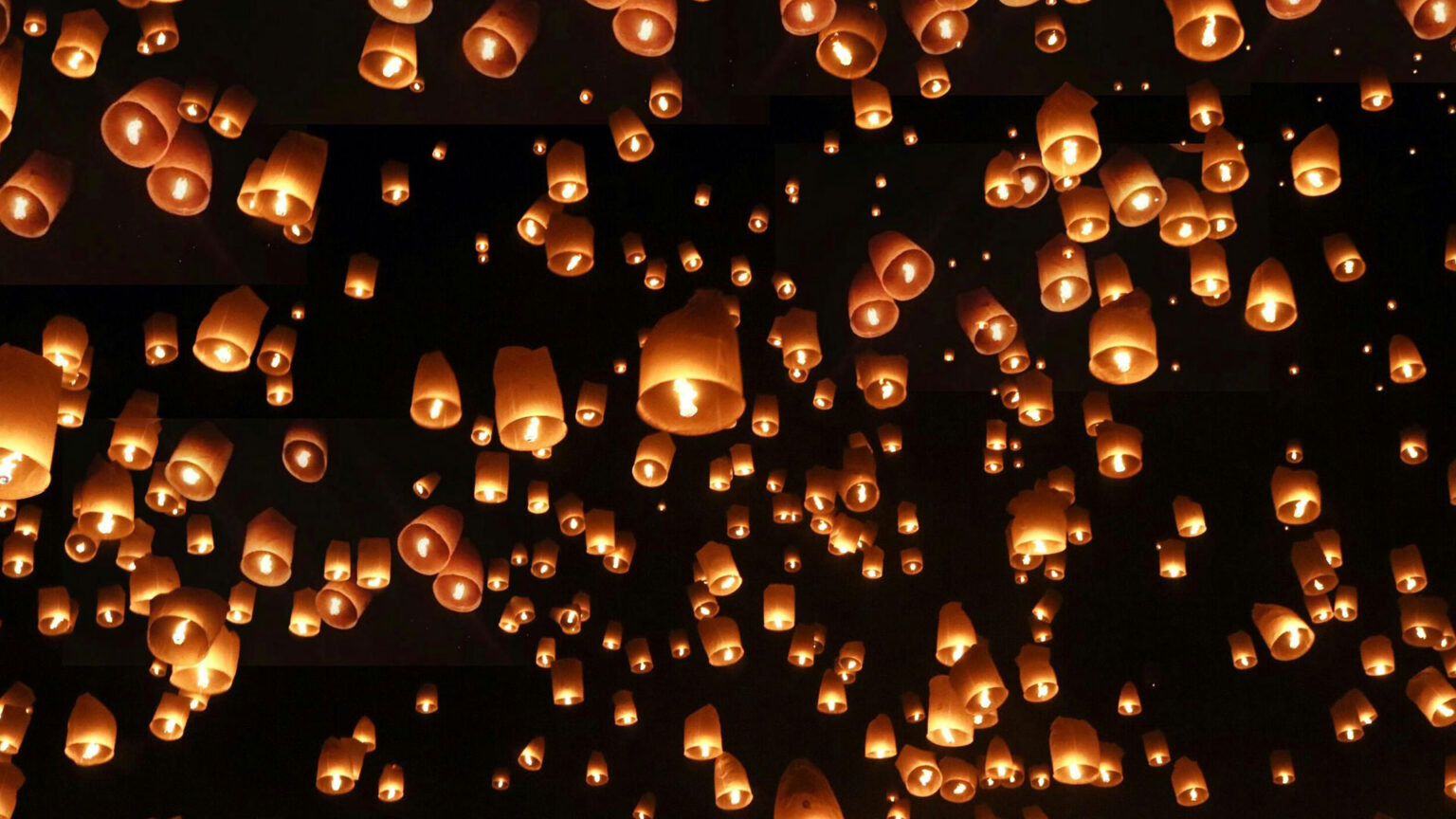Naadam Festival: Mongolia’s Ancient Traditions
The Naadam Festival, also known as the “Three Manly Games,” is the heart and soul of Mongolia’s cultural identity. Held annually in mid-July, it is a spectacular celebration of strength, skill, and spirit. Recognized by UNESCO as an Intangible Cultural Heritage of Humanity, this ancient festival is a living symbol of Mongolian history and traditions. With roots dating back over 800 years to the era of the Mongol Empire, the Naadam Festival has evolved from a warrior’s test of endurance into a vibrant display of national pride.
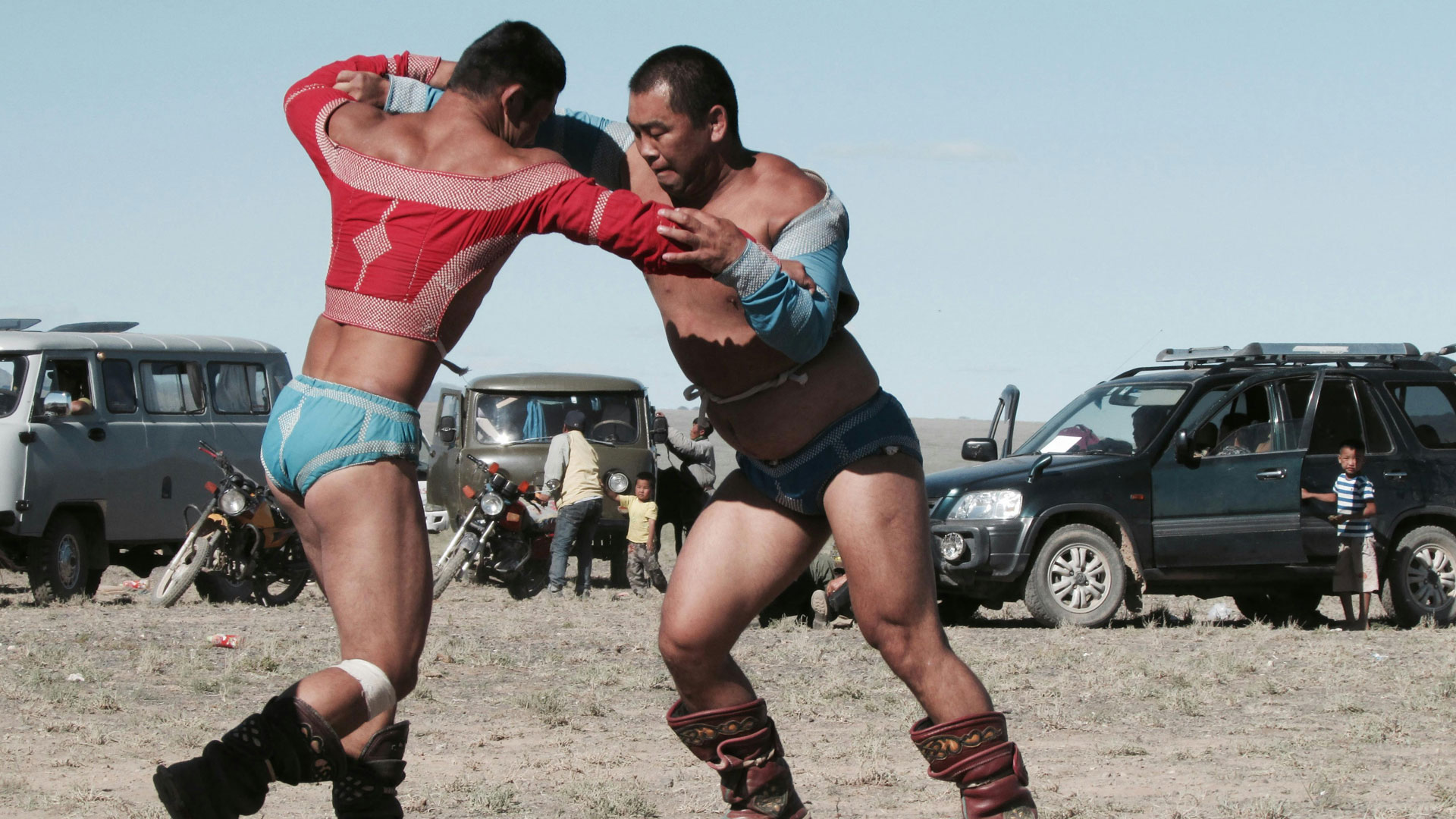
This guide will take you through every aspect of the Naadam Festival, exploring its history, the iconic games, cultural significance, and why it remains a must-see event for visitors.
Transform Your Body in Just Weeks! Get Lean, Feel Great with Lean Body Tonic
The Ancient Roots of the Naadam Festival
The origins of the Naadam Festival can be traced back to the 13th century, during the reign of Genghis Khan, founder of the Mongol Empire. At that time, the festival served as a crucial training ground for warriors. Wrestling, horse racing, and archery were not merely games but essential skills for survival in the vast and challenging Mongolian steppes. These competitions prepared soldiers for battle, fostering discipline, unity, and endurance.
Genghis Khan’s leadership style emphasized physical and mental fortitude, qualities celebrated through the Naadam Festival. Warriors who excelled in these contests were considered elite and often chosen for leadership roles. Spiritual rituals, such as offerings to the Eternal Blue Sky (Tenger), accompanied the games, adding a sacred dimension to the event.
As Mongolia transitioned into a settled nation, the Naadam Festival began to incorporate religious and cultural elements. By the 17th century, Buddhist monasteries played a significant role in organizing the festival. Monks would bless participants and horses, infusing the games with spiritual significance. In 1921, when Mongolia declared independence from China, the modern version of Naadam emerged as a celebration of freedom and national unity. This blend of history, spirituality, and politics makes the Naadam Festival an enduring symbol of Mongolian resilience.
The Three Manly Games: Wrestling, Horse Racing, and Archery
At the heart of the Naadam Festival are the “Three Manly Games”: wrestling, horse racing, and archery. These events are more than sports; they are a celebration of Mongolia’s nomadic heritage and the skills essential for thriving in its rugged landscapes.
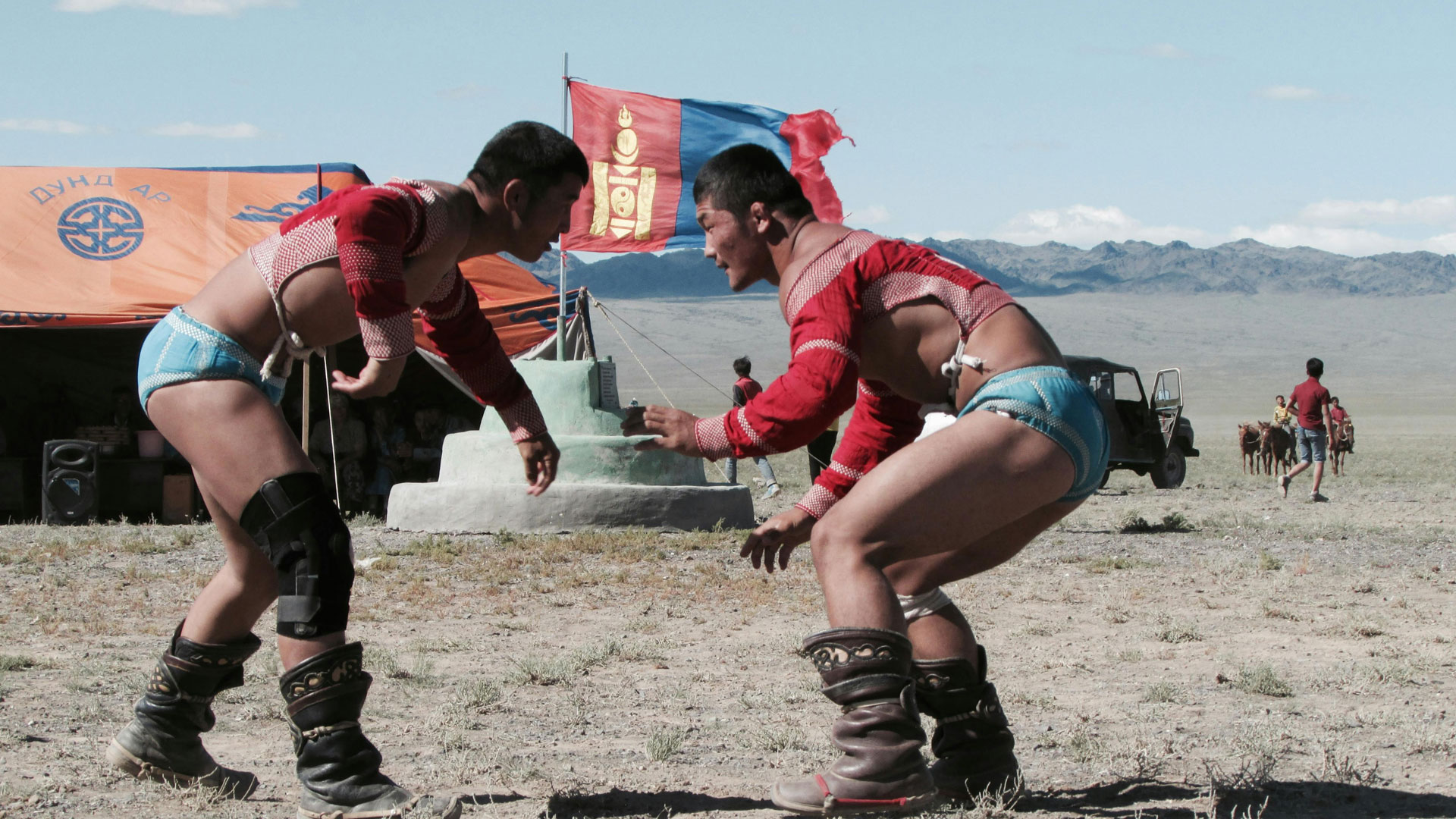
1. Wrestling (Bökh): A Display of Strength and Strategy
Mongolian wrestling, or bökh, is the centerpiece of the Naadam Festival. The term bökh translates to “durability,” reflecting the physical and mental resilience required to excel in the sport. Unlike other wrestling traditions, Mongolian wrestling has no weight classes, making skill and strategy just as important as size and strength.
Wrestlers wear distinctive attire: the zodog (a sleeveless, open-fronted shirt) and shuudag (tight shorts). This unique outfit is steeped in history, ensuring transparency and preserving the integrity of the competition. Matches are elimination-style, with winners progressing until one wrestler is crowned champion. The victor performs the “eagle dance,” a celebratory ritual that pays homage to the spirits of the ancestors.
Wrestling embodies values such as respect, perseverance, and honor, making it more than just a physical contest. For spectators, it is a thrilling display of skill and a window into Mongolia’s cultural soul.
2. Horse Racing (Morin Khuur): The Spirit of the Steppes
Horse racing during the Naadam Festival is a spectacle that highlights the deep bond between Mongolians and their horses. Unlike conventional races, Mongolian horse races take place across vast steppes, with distances ranging from 15 to 30 kilometers depending on the horses’ age. These races are a true test of endurance and stamina for both the horses and their riders.
Remarkably, the jockeys are children, some as young as five years old. This tradition reflects Mongolia’s equestrian culture, where horsemanship is a vital skill learned from an early age. The young riders undergo rigorous training to build trust and synchronization with their horses, showcasing a connection that goes beyond words.
The winning horse receives blessings and songs of praise, while the rider is celebrated for their courage and skill. For Mongolians, horse racing is a metaphor for their nomadic lifestyle—unrestricted, resilient, and deeply connected to nature.
3. Archery (Surkh): Precision and Heritage
Archery is the third pillar of the Naadam Festival, symbolizing the precision and patience required to thrive in Mongolia’s harsh environment. This event uses traditional Mongolian bows, crafted from wood, sinew, and horn. The targets, known as surs, are leather rings stacked in rows, challenging competitors to demonstrate exceptional accuracy.
Both men and women participate in archery, making it one of the most inclusive events of the Naadam Festival. Dressed in traditional garments, participants showcase not just their skills but also Mongolia’s rich sartorial heritage. Judges announce scores through a unique chant, blending competition with cultural expression.
Archery is a tribute to Mongolia’s history, where bows and arrows were essential for hunting and defense. Today, it stands as a reminder of the resourcefulness and adaptability of the Mongolian people.
A Modern Celebration of Tradition
While the “Three Manly Games” are the main attractions, the Naadam Festival is much more than a sports event. It is a nationwide celebration filled with music, dance, food, and cultural exhibitions. The festivities begin with a grand opening ceremony in Ulaanbaatar’s National Sports Stadium, featuring parades, performances, and historical reenactments.
Across the country, smaller regional Naadam festivals add local flavors to the celebration. These events offer an intimate experience, allowing visitors to witness Mongolian traditions in their purest form. From throat singing to traditional dances, these performances create an immersive cultural experience.
Food is an integral part of the Naadam Festival, with stalls offering dishes like khuushuur (fried meat pies), buuz (steamed dumplings), and airag (fermented mare’s milk). These culinary delights provide a taste of Mongolia’s rich gastronomic heritage.
Spiritual and Cultural Significance
The Naadam Festival is deeply rooted in Mongolia’s spiritual beliefs, blending elements of shamanism and Buddhism. Ceremonies to honor the Eternal Blue Sky and offerings to ancestral spirits are integral parts of the festivities. These rituals highlight the Mongolian people’s harmonious relationship with nature and their reverence for history.
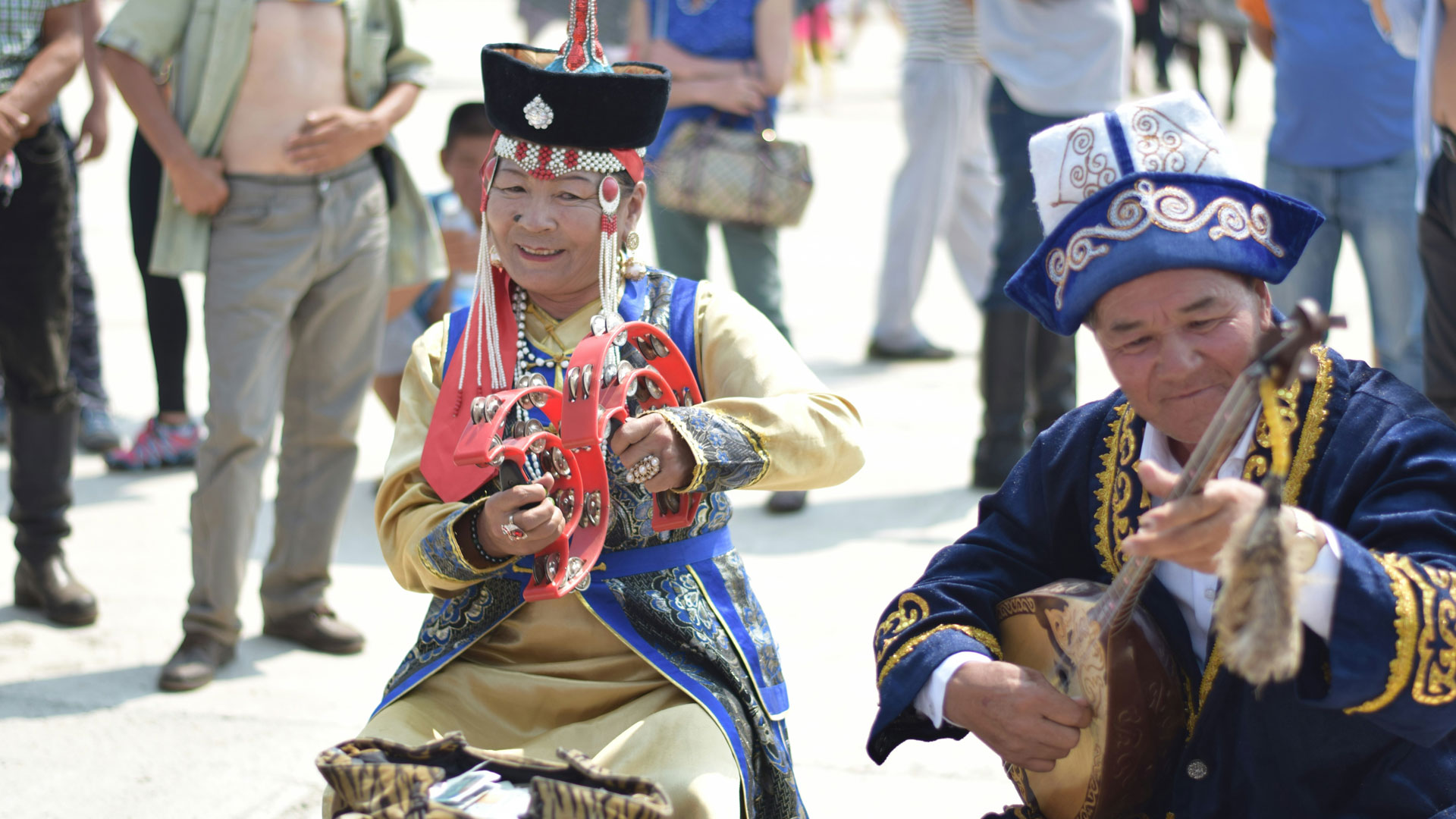
From the blessing of horses to the sacred chants in archery, every aspect of Naadam carries a spiritual undertone. It is a time for reflection, gratitude, and renewal, making the festival a profound cultural and spiritual experience.
Global Appeal of the Naadam Festival
The Naadam Festival has become a global attraction, drawing visitors from around the world. Many travel agencies offer tailored tours that include visits to the festival, countryside adventures, and stays in traditional yurts (gers). This immersive experience allows tourists to connect with Mongolia’s history and traditions on a personal level.
UNESCO’s recognition of the Naadam Festival as an Intangible Cultural Heritage of Humanity has further boosted its international profile. The festival is now seen as a bridge between Mongolia and the world, showcasing the country’s unique culture and history.
Conclusion: Naadam Festival as a Timeless Celebration
The Naadam Festival is more than a celebration; it is a living tradition that unites Mongolia in pride and heritage. Through wrestling, horse racing, and archery, the festival connects the past with the present, preserving the skills and values that have defined Mongolian life for centuries.
For locals, the Naadam Festival is a reaffirmation of their identity and resilience. For visitors, it is an unforgettable journey into a land of vast steppes, ancient customs, and unyielding spirit. Whether you’re captivated by the thrill of horse racing, the precision of archery, or the strength of wrestling, the Naadam Festival offers an experience like no other.
As the festival approaches every July, prepare to be immersed in the magic of Mongolia’s most iconic tradition—a celebration of life, unity, and the enduring spirit of the steppes.













